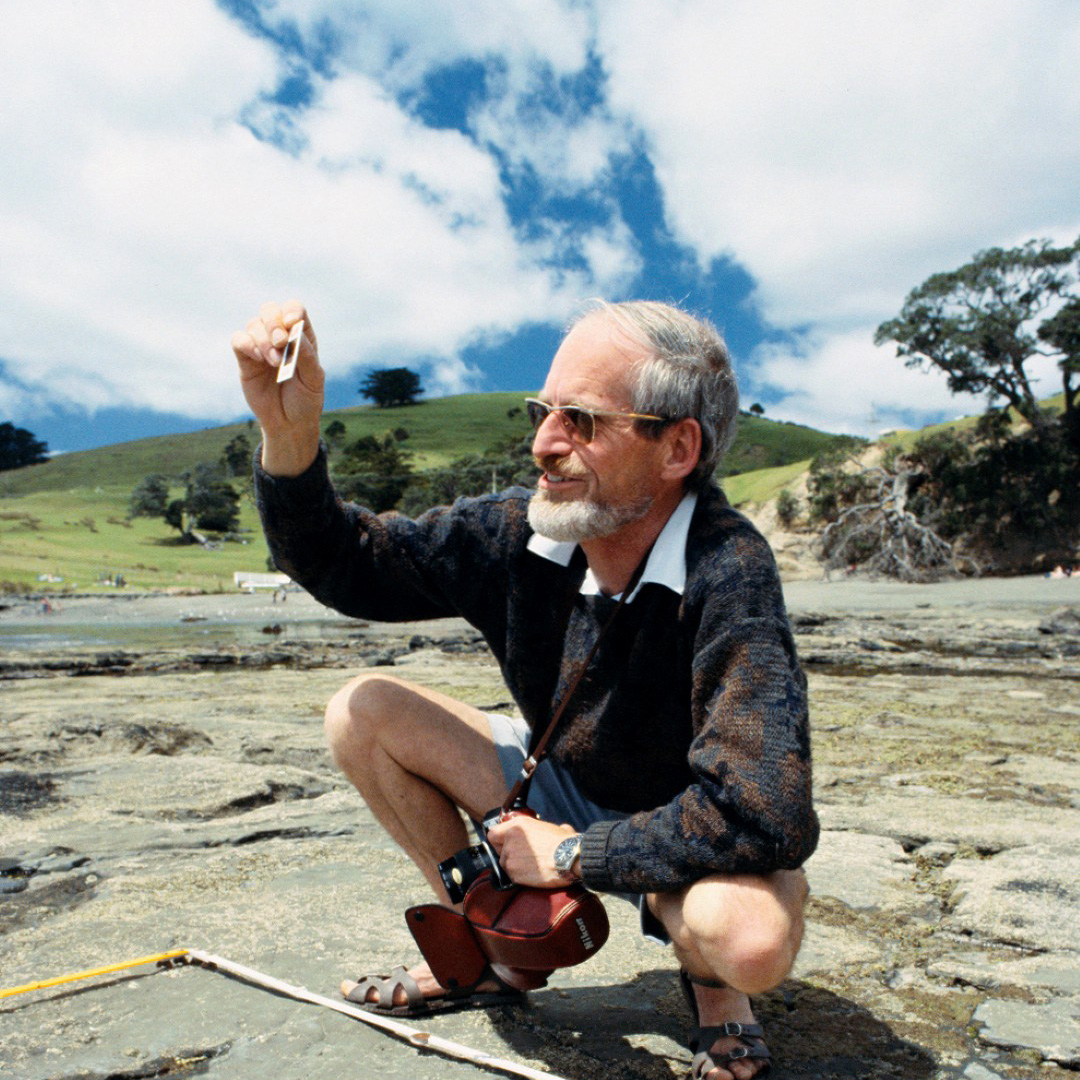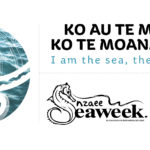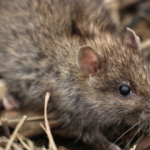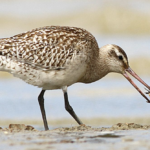I am John Walsby, I came to Leigh to work at the Marine Lab in the early 70’s as a post doc. scientist, so I have known Bill for a long time.
I came from the same London University stables as Bill and Prof John Morton where three colleges Queen Mary College, Queen Elizabeth College and Bedford College had strong marine biological links. Bill, Prof Morton and the Lab’s botanist John Taylor were all from QMC as was my Ph.D. supervisor at QEC.
He had been a fellow post grad student with Bill and when the Leigh position came up he said to me of Bill that I would find him extremely engaging or frustratingly impossible to work with. He was both and (or is it but) we have continued to engage for over 45 years.
I will miss all the times of intellectual jousting that we had together. Discussion and argument were at the foundation of his very existence. His whole life was spent dissecting and chewing over the complex web of marine biology / ecology / resource management / political manipulation / public perception and municipal ignorance. He became infuriated about the stupidity or indifference of people in public office making bad decisions and when riled, contrary to his public gentlemanly front that most of you would know him for, he saved real vitriol and surprisingly intemperate language for these people whom he deemed to be holding up sensible progress towards a better environment and society.
He was a true intellectual (with good knowledge, excellent reasoning and generally sound understanding if he wasn’t blinkered by tunnel vision). And he was a sage, (having considerable wisdom from his broad experience).
Discussion and argument were his metier. He could go on and on, day and night and he never lost an argument. But that was how he developed his crystal clear rationales. Occasionally he would ring me up the next day and say he could incorporate one of my suggestions or approaches. I smiled.
I have been thinking of words to describe Bill. Some might be misinterpreted, but one I like is “cussed”. It was a quality that I admired in him. I mean it from the standpoints of being stubborn and even obstinate over things that he realised were important.
Without these character traits the Marine Reserve No Take legislation, with no compromises, may well have been watered down and comparatively much less effective. Instead, largely from his obduracy, we got robust Law.
Many here will not remember (some of you weren’t born !) that the initial proposal for the Marine Reserve at Goat Island comprised just a small portion of what finally got gazetted and that we have today. Originally the proposal was for an area that wrapped around Goat Island and included the Echinoderm Reef to the north west and not much more than Luckens’ reef to the south east; perhaps 1.5 km of coastline.
Just when progress was being made with gaining some public and governmental acceptance of the proposal, Bill realised that 1.5 km was much too small to be effective and (to the despair of some supporters) proposed and promoted the 5 km coastal stretch we now have from Cape Rodney to Okakari Point. We had jokes together about the acronym CROP and the irony of it becoming the reserve where the “crop” of burgeoning marine life could not be harvested.
Some thought that this late change set the whole process back to at least square 2 but he was right and his cussedness, stubbornness and obstinacy were vital to getting what was finally achieved.
Bill liked to give credit where it was due and always acknowledge that it was Prof Val Chapman who set the marine reserves ball rolling. He often related (with admiration) how VJC would write to the minister every month over about 5 years to enquire what progress was being made on enacting a Marine Reserves Bill.
Bill was very bright and quick thinking and had little or no interest in fashion, style, social trends or public entertainment. Instead he had focus on the following:
- Initially developing the Lab so that other scientists could do good work
- Marine Reserves… and
- Measuring and counting limpets to understand their population dynamics.
He pursued this last obsession for over 40 years and whenever he thought he was close to solving some of the problems he always seemed to find that the next year’s measurements would complicate the analysis. I will not dwell on that but want to bring up the image of Bill at the beach counting, measuring and photographing, that many here will remember him by.
Being unconcerned with style or comfort he always wore the same clothes. –
Those awful ill fitting, brown plastic KDs sandals, smartish shorts and a clean ironed collared shirt (courtesy of Dulcie, who was so important to him) and he used the same Army-surplus map case with Khaki webbing strap and binding for his field notes all the years I knew him. And if the weather was bad or marginal, he wore an oversized yellow oilskin coat with good flapped pockets to keep his tobacco, cigarette papers and matches dry, and a woolly hat. For many years the woolly hat ~ like his politics ~ was bright red!
Now the related anecdote.
Every year Bill and I used to go to support Prof Morton’s week long marine biology field course at Whangarei Heads. The students were accommodated and taught at the Whangarei Baptist Camp which had a strict no alcohol policy. So the Biology Department also hired a bach just over the fence where some of the staff stayed and where we enjoyed a beer at tiffin time. We also used it for an end of course party for the students and Prof always insisted on some organised entertainment of a music hall or vaudeville nature.
One year students and staff were required to present themselves and act out the behaviour of a marine creature seen or lectured about on the course and the party then had to guess what it was. One group of students acted out feeding barnacles with kicking limbs and a trio of girls wrapped together portrayed a single sea anemone with their arms flailing as tentacles. Prof Morton presented as a chambered nautilus with a stack of ill fitting buckets strapped to his back and a piece of laboratory tubing hanging out of the top of his shirt for the siphon.
And Bill … well Bill’s depiction was brilliant and so clever for it portrayed a trinity of 3 creatures without him moving a muscle…
Lectures were given each night on the animals we might find next day on different shores. One was a curious snail called Pyxipoma weldii which shell collectors call the “corkscrew shell”. This is a good description for it is a turret or spire shell with the adjacent whorls not fused or even touching but well spaced, just like a tapering corkscrew.
For any malacologists here, it is a highly adapted ciliary feeding Turritellid and it lives with the spire tip of its delicate shell pointed down, buried out of sight in a bright yellow sponge ~ Cliona cellata.
If exposed or threatened the sessile snail can withdraw into its shell and close its shell opening with an operculum or lid on the back of its foot. This round horny plate is invariably colonised by another sponge, the bright red or vermillion encrusting sponge, Microciona coccinea. So underwater you see lumps of saffron yellow sponge with scattered bright red polka dots on the surface but you don’t see the burrowed snail.
So how did Bill present his marine creature at the party? He just came in and stood motionless in the middle of the room wearing his every-day bad weather field gear ~ bright yellow over-sized oilskin coat with hood up and draw-string pulled to hide his face and his red hat on top. He was brilliantly Pyxipoma in Cliona with a Microciona encrusted operculum. Very clever. . . . . but I could never look at him on the beach, measuring his limpets, the same again.
In retrospect I thought the mimicry was a bit allegorical. Bill spent his academic life embedded in a mass of sponge-like bureaucracy that sucks all it can from the environment around it, but there he was, in the middle, with his bright red hat symbolising his left wing philosophies as he screwed himself like an annoying barb into the matrix of national and local government on behalf of the environment.
Well done and thank-you Bill. We and the marine environment have gained enormously and will continue to benefit from your intellect, determination and stubbornness.








